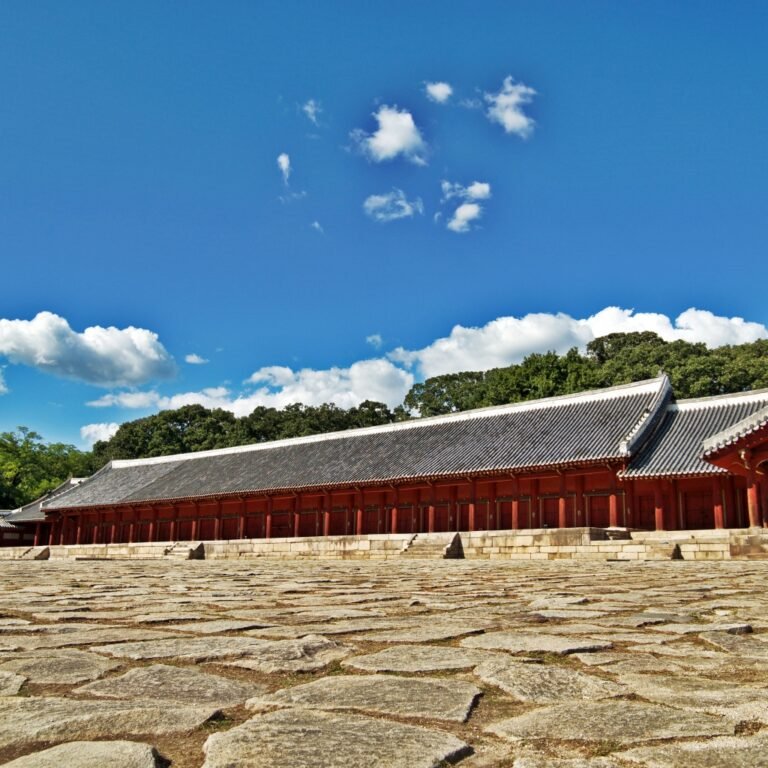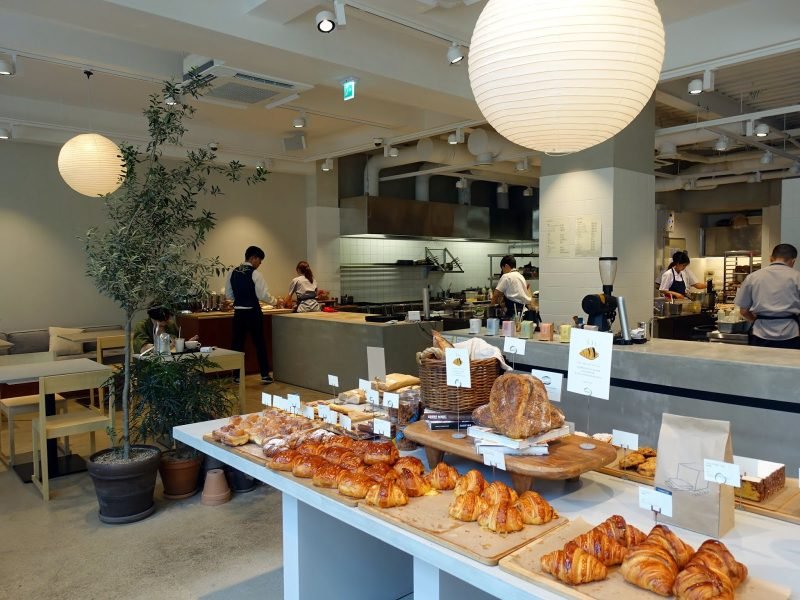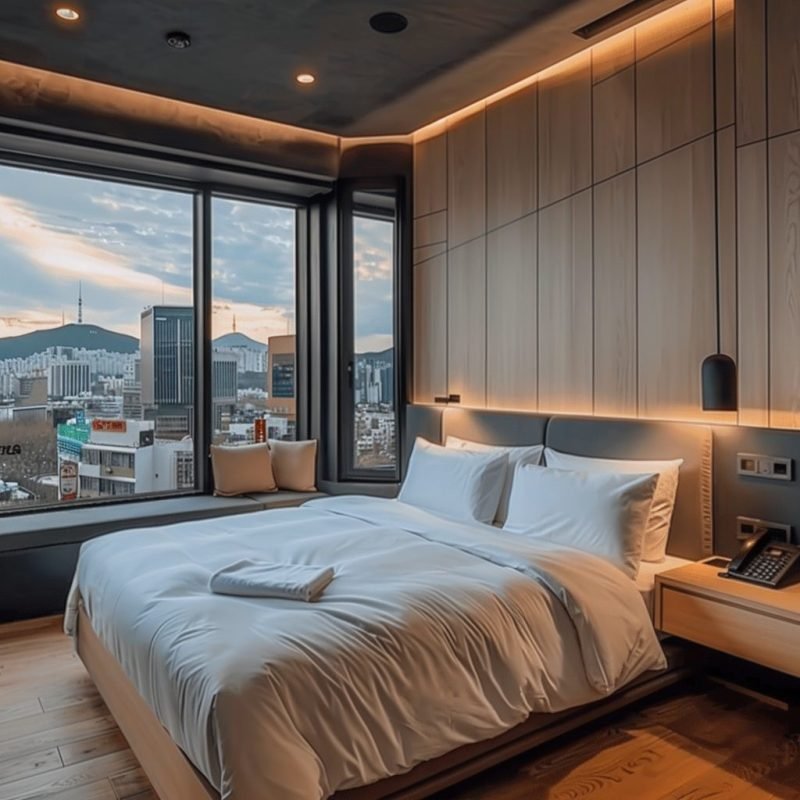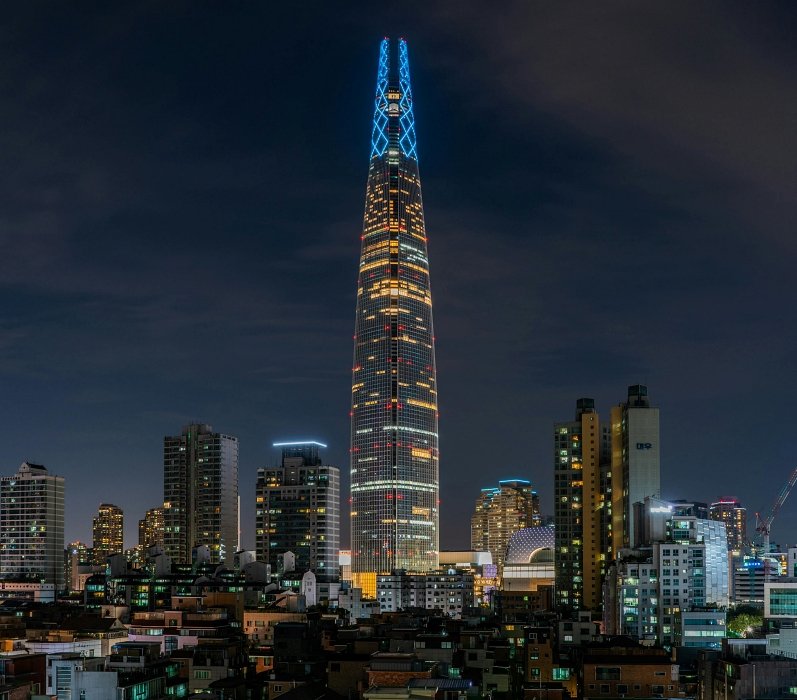Introduction
The Allure of Seoul for History Enthusiasts
Seoul, a city where ancient traditions and modern advancements meld seamlessly, offers a unique journey through time for history buffs. Its streets and alleys whisper tales of dynasties long gone, battles fought, and the rich culture that has shaped today’s Korea. Exploring Seoul is akin to walking through a live museum, where every corner holds a piece of history waiting to be discovered.
Brief Overview of Seoul’s Rich Historical Tapestry
From ancient palaces and traditional hanok villages to monuments commemorating more recent historical events, Seoul’s landscape is dotted with sites of historical significance. The city’s history, deeply rooted in the Joseon Dynasty, is visible in its architecture, customs, and museums, offering visitors a profound understanding of Korea’s past and its journey to the present.
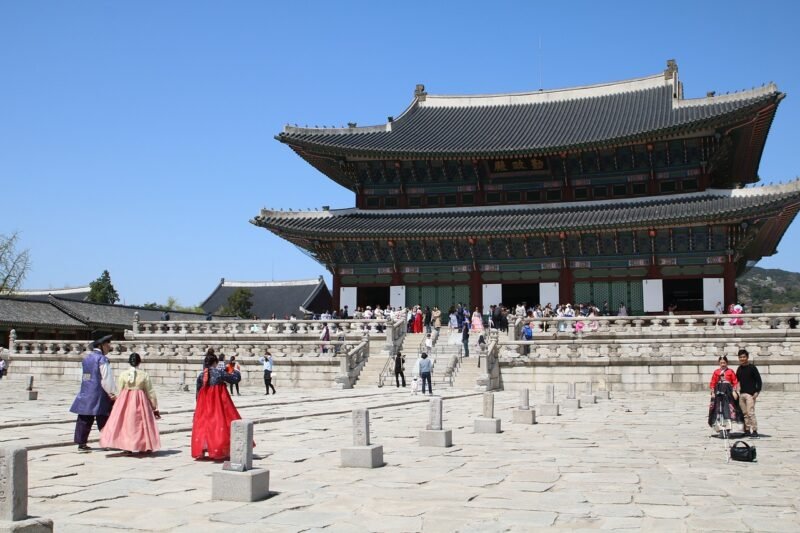
Gyeongbokgung Palace
Significance of the Palace in Korean History
Gyeongbokgung Palace, constructed in 1395, was the primary palace of the Joseon Dynasty, symbolizing the sovereignty of the Korean royals. It has witnessed some of the most pivotal moments in Korean history, from the rise and fall of dynasties to the Japanese occupation. Despite being destroyed and rebuilt multiple times, it stands today as a testament to Korea’s resilience and enduring culture.
Highlights of the Palace Tour and Must-See Sections
A tour of Gyeongbokgung is incomplete without visiting the Geunjeongjeon (The Throne Hall), where the king held formal audiences and conducted state affairs. The Gyeonghoeru Pavilion, set on an island in a serene pond, was used for banquets and is renowned for its stunning beauty. Don’t miss the Changing of the Royal Guard ceremony, a reenactment of the Joseon Dynasty’s official ceremonies, offering a glimpse into royal traditions.

Changdeokgung Palace and Huwon
The Unique Aspects of Changdeokgung and Its Recognition as a UNESCO World Heritage Site
Changdeokgung Palace, known for its harmony with the natural landscape, is considered the most authentic and beautifully preserved of Seoul’s five grand palaces. Recognized as a UNESCO World Heritage site in 1997, it is celebrated for its design, which adheres to the principles of traditional Korean architecture and its integration with the surrounding environment.
Exploring the Secret Garden (Huwon) and Its Historical Importance
The Huwon, or Secret Garden, is the jewel of Changdeokgung Palace, originally designed for the royal family’s leisure. This 78-acre garden boasts a beautiful array of pavilions, ponds, and landscaped lawns, intertwined with natural woodlands. The garden’s design reflects the Korean ethos of living in harmony with nature and offers a tranquil retreat from the modern cityscape. Walking through Huwon, one can’t help but feel connected to the centuries of history that have unfolded in its midst.
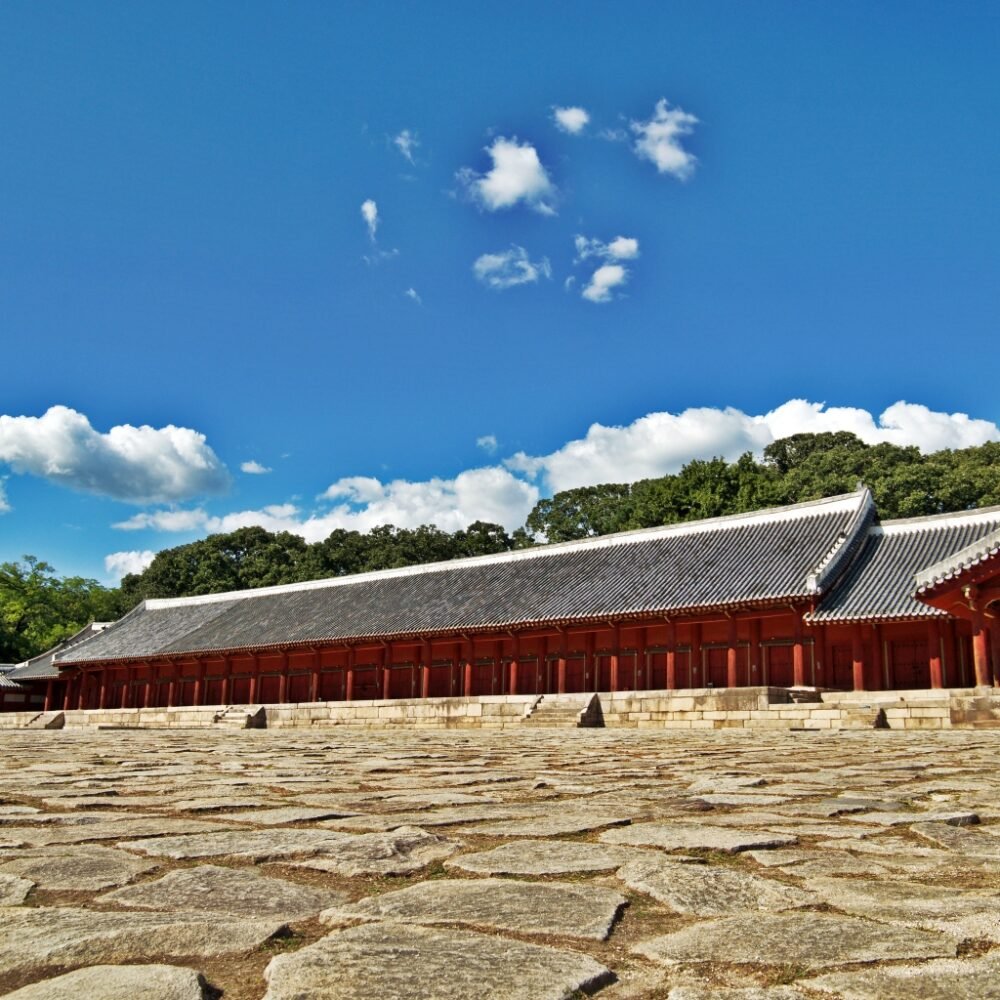
Jongmyo Shrine
The Role of Jongmyo Shrine in Korean Royal Ceremonies
Jongmyo Shrine holds a special place in the heart of Seoul, serving as the primary place of worship and ancestral rites for the royal family of the Joseon Dynasty. It is here that the spirit tablets of deceased monarchs and their queens are enshrined and venerated. The shrine’s significance extends beyond its spiritual duties; it is a symbol of the continuity of the Korean monarchy and its Confucian traditions, emphasizing the importance of filial piety and respect for ancestors.
Understanding the Confucian Rituals Still Performed Today
One of the most remarkable aspects of Jongmyo Shrine is the continuation of the Jongmyo Jerye, a Confucian ritual ceremony that dates back to the 14th century. These ceremonies, which include elegant court music (Jongmyo Jeryeak) and dance performances, are performed to honor the ancestral spirits. Recognized by UNESCO as a Masterpiece of the Oral and Intangible Heritage of Humanity, these rituals offer a glimpse into the solemnity and beauty of Korea’s royal traditions and are a must-see for visitors interested in Confucian culture.
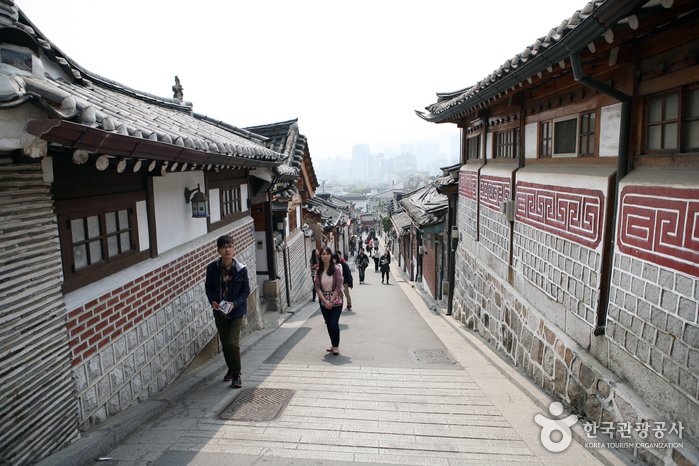
Bukchon Hanok Village
The Charm of Traditional Korean Houses (Hanoks) and the Preservation of Heritage
Nestled between Gyeongbokgung and Changdeokgung palaces, Bukchon Hanok Village is a picturesque area that transports visitors back to the Joseon Dynasty. This village is characterized by hanoks, traditional Korean houses designed in harmony with nature, featuring tiled roofs that curve gracefully upwards. Walking through the narrow lanes of Bukchon Hanok Village, one can appreciate the efforts to preserve these historical structures amidst the urban sprawl, maintaining a tangible connection to Korea’s architectural heritage.
Tips for Visiting and Experiencing Traditional Korean Culture
Visiting Bukchon Hanok Village offers more than just a visual feast; it’s an opportunity to engage with traditional Korean culture. Many hanoks operate as cultural centers, guesthouses, tea houses, and workshops, offering hands-on experiences such as tea ceremonies, wearing hanbok (traditional Korean attire), and learning about traditional crafts. Visitors are encouraged to respect the privacy of residents and adhere to guidelines to ensure the preservation of this historic neighborhood.
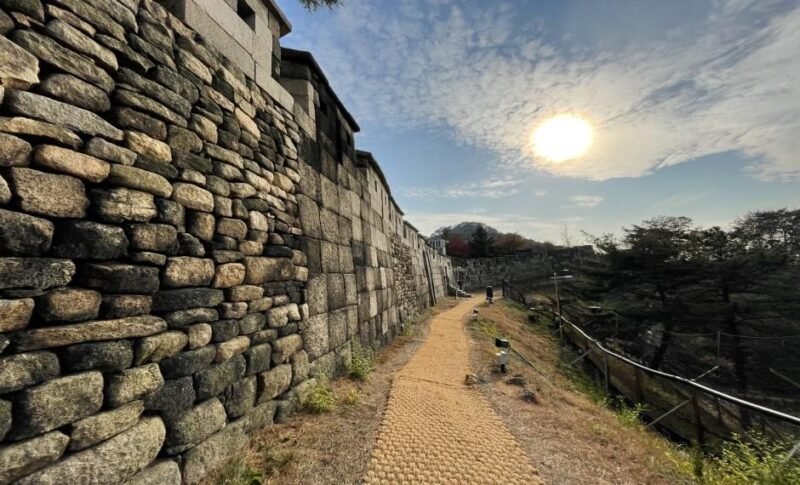
Seoul City Wall (Hanyangdoseong)
The Historical Significance of the Ancient City Walls
The Seoul City Wall, or Hanyangdoseong, once encircled the ancient city of Hanyang, the predecessor of modern Seoul, serving as a fortress and boundary for the capital of the Joseon Dynasty. Constructed in 1396, these walls were not only defensive structures but also symbols of the city’s sovereignty and status. Portions of the wall have survived the test of time and urban development, offering a tangible link to Seoul’s past.
Best Trails and Vantage Points for Visitors
For history buffs and hiking enthusiasts alike, exploring the Seoul City Wall offers a unique urban adventure. The wall spans several kilometers, with trails that lead to stunning vantage points overlooking the city. Notable sections include the Naksan Park trail, which offers panoramic views of Seoul, and the Baegak Mountain trail, passing through the beautifully restored Changuimun Gate. These trails provide a rare opportunity to experience Seoul’s natural beauty and historical landscape simultaneously, making for an unforgettable journey through time.

War Memorial of Korea
Insight into Korea’s Modern History and Conflicts
The War Memorial of Korea serves as a poignant reminder of the country’s turbulent modern history, particularly focusing on the Korean War (1950-1953). This comprehensive museum not only honors the sacrifices of soldiers and civilians but also aims to educate visitors about Korea’s struggle for peace and the importance of national unity. Through its extensive collection, the museum provides a deep dive into the events that shaped the Korean Peninsula’s contemporary landscape.
Highlights of the Museum Exhibits and Memorials
Among the museum’s numerous exhibits, the Korean War hall stands out, offering detailed narratives, personal stories, and artifacts from the conflict. The Hall of Korean War Records provides an immersive experience with its realistic displays and multimedia presentations. Outside, the Memorial Hall and its surrounding plaza feature various tanks, planes, and artillery pieces, including a B-52 bomber. The Statue of Brothers, a symbolic sculpture of two brothers on opposite sides of the Korean War, poignantly encapsulates the tragedy of national division.
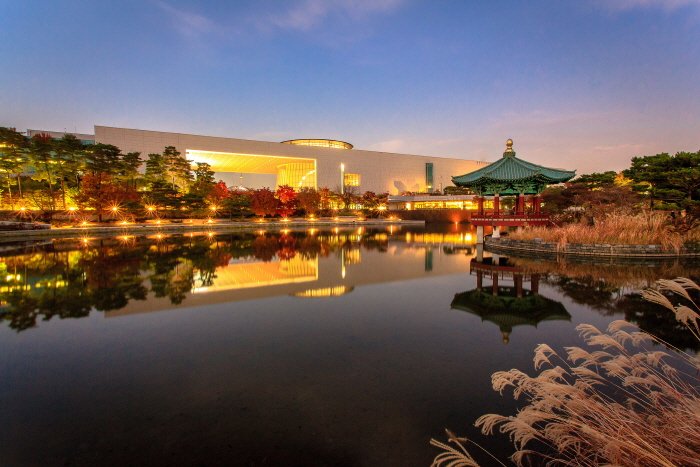
National Museum of Korea
The Museum as a Treasure Trove of Korean History, Art, and Archaeology
The National Museum of Korea is the country’s largest museum and a must-visit for anyone interested in the full breadth of Korean history, from ancient times to the modern era. Housing over 220,000 artifacts, the museum offers an unparalleled look into Korea’s cultural heritage, featuring art, archaeology, and historical artifacts spread across its extensive galleries.
Must-See Artifacts and Exhibitions for History Buffs
Key highlights include the Ten-Story Pagoda from Gyeongcheonsa Temple, an exquisite example of Goryeo Dynasty craftsmanship, and the Gold Crown from Silla, symbolizing the wealth and artistry of ancient Korean kingdoms. The museum’s comprehensive coverage of Korean history is complemented by its Asian Art section, providing context to Korea’s interactions with neighboring cultures. The Joseon Dynasty gallery, with its elegant ceramics, intricate paintings, and royal artifacts, is particularly noteworthy.
Practical Tips for History Enthusiasts
Best Times to Visit These Historic Sites
The best times to visit these sites are during weekdays or early mornings on weekends to avoid crowds. Spring (April to June) and autumn (September to November) offer pleasant weather, ideal for exploring outdoor exhibits and memorials.
Cultural Etiquette and Preservation Rules to Keep in Mind
Respectful behavior is crucial when visiting these historic sites. Dress modestly, speak softly, and follow all posted guidelines. Photography may be restricted in certain areas, and touching exhibits is generally prohibited to preserve these invaluable artifacts for future generations.
Conclusion
Recap of the Must-Visit Historic Sites in Seoul for a Deep Dive into Korean History
Seoul’s historic sites, from the solemn grounds of the War Memorial of Korea to the vast collections of the National Museum of Korea, offer a comprehensive view into the nation’s past. Each site, with its unique story and collection, contributes to a deeper understanding of Korea’s complex history and rich cultural heritage.
Encouragement to Explore Seoul’s Past for a Richer Travel Experience
Exploring these historic sites provides more than just a glimpse into Korea’s past; it offers an immersive journey through time, deepening one’s appreciation for the country’s culture and resilience. History buffs and casual visitors alike are encouraged to explore these sites, engaging with Korea’s history for a truly enriching travel experience.
※ Photo is adapted from Korean tourism organisation, http://korean.visitkorea.or.kr & Pixabay
